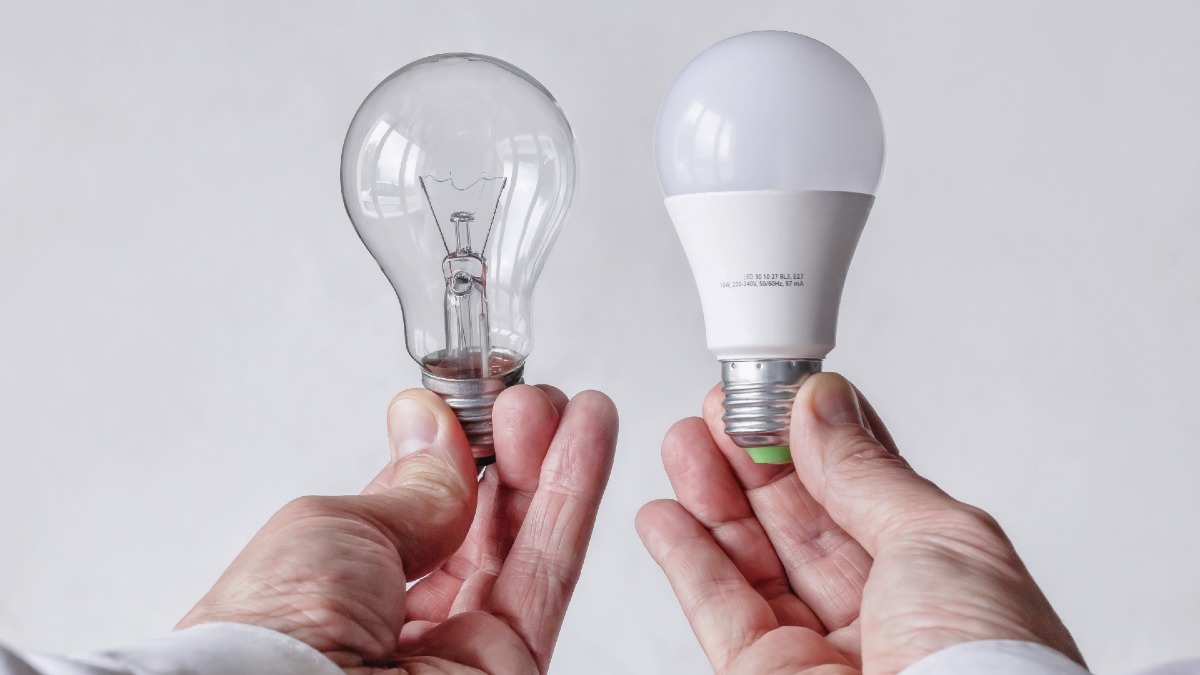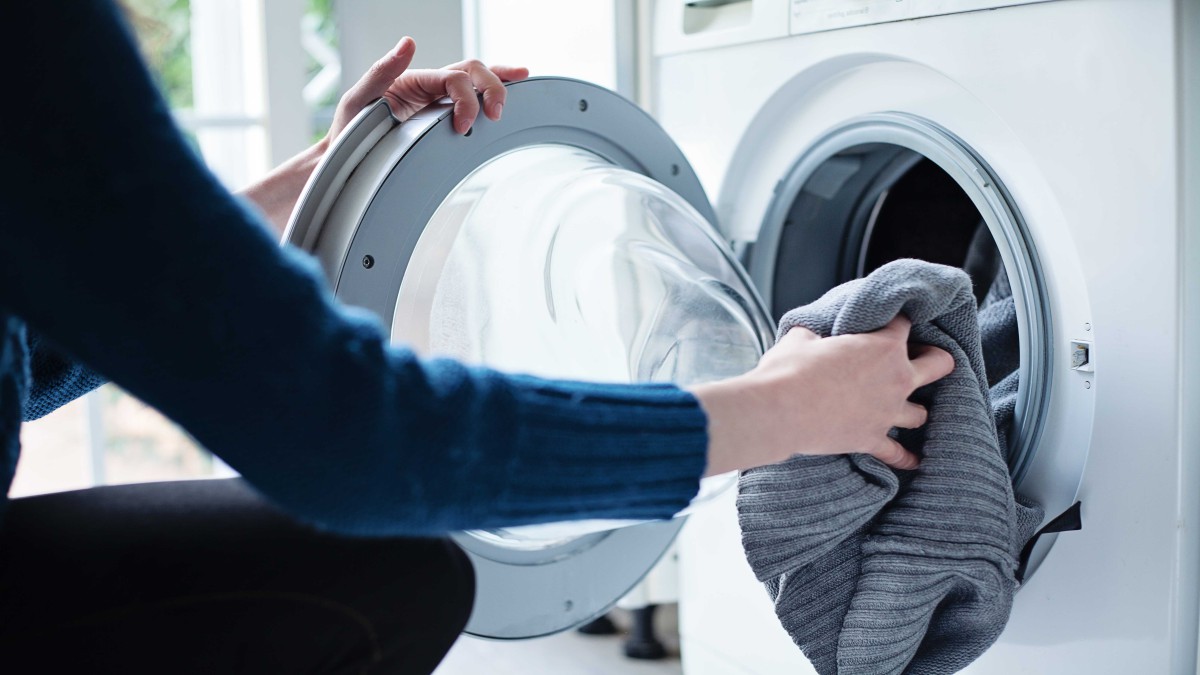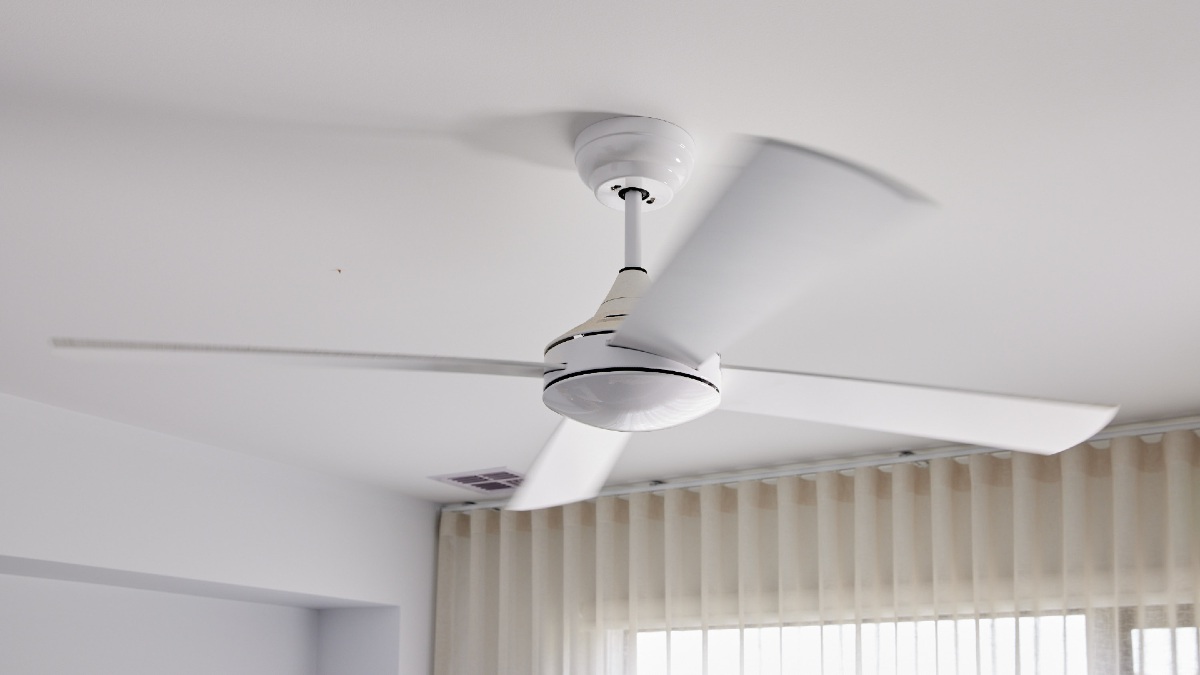Boxing Day is the perfect time to secure your next getaway, with savings on RACV Resort stays.
Hacks to lower your energy bill during hot weather

Hot weather can lead to higher energy bills as we try to keep our homes cool. The good news is, there are simple hacks to lower your energy consumption and save money.
Lowering your energy bill over summer and during hot weather doesn't have to be complicated or expensive.
From adjusting your thermostat to shopping for a new energy plan, there are plenty of ways to stay cool and prevent your bills going up. Here are some tips to help you enjoy a more energy-efficient and cost-effective summer.
How to save energy and reduce your power bills
1. Conduct an energy efficiency assessment
An energy efficient home uses less energy to heat, cool and run appliances and electronics, and in the process can help reduce the cost of energy bills.
A professional home energy assessment can give you a better understanding of your home's energy use and offer solutions that are tailored to your property. You can book an in-person Home Energy Efficiency Assessment to find out where you are wasting energy in order to ssave money, make your home more energy efficient, and reduce your environmental impact.
2. Set your thermostat for summer conditions
Heating and cooling appliances account for around 40 per cent of energy consumption in the home, so it makes sense to find different ways to reduce your energy consumption each season.
If you feel the need to turn on your air conditioner in summer, Energy Victoria recommends setting your thermostat between 23°C and 26°C for living areas, pointing out that every degree lower will increase running costs by around 10 per cent. Remember to also turn off the air conditioner when you are going out.
3. Look into your current energy provider
Whether you’re a homeowner or renter looking into energy cost, shopping around for a new energy retailer could get you a better deal and save you money, as well as being better for the planet.
Simple and affordable energy plans can help you manage your energy bills more easily, with some providing 100 per cent carbon-offset electricity at no extra cost and a feed-in tariff for the energy solar owners export to the grid.
4. Find and cut unnecessary energy wastage
Take the time to find and eliminate any hidden energy hogs in your home.
The Department of Climate Change, Energy, the Environment and Water (DCCEEW) identifies the major sources of energy use around a typical home as heating and cooling, hot water, pools and spas, and refrigeration and other appliances.
Lighting, cooking, and standby power account for the remaining sources.
Standby power is when devices continue to draw power even though they are not in use and can contribute up to 10 per cent to your electricity bill. Switching off appliances directly at the power socket can help reduce your electricity consumption.

LED bulbs are cheaper and more energy efficient than halogen bulbs. Image: Getty
5. Service your air conditioner regularly
Over summer, keeping the house cool is likely to be one of the biggest energy costs and responsible for around 40 per cent of energy consumption in the home.
Regularly servicing your air conditioner can ensure that it is running at its maximum efficiency. This will not only help lower your energy bill, but also extend the lifespan of your unit.
Upgrading to an energy-efficient air conditioner can also help reduce your energy consumption, Reverse-cycle air conditioning is 300 per cent to 600 per cent efficient, while ducted systems are not as efficient as the wall units when it comes to split-system air conditioners, according to the DCCEEW.
6. Invest in LED bulbs
Lighting accounts for around 10 per cent of the average household electricity budget, which means replacing inefficient halogen lightbulbs with light-emitting diodes (LED) lighting is a smart investment.
The Victorian Department of Energy, Environment and Climate Action says replacing your old incandescent and halogen light globes with new energy-efficient globes in your home can wipe up to $16 per globe from your annual energy bill, with LEDs using about 75 per cent less energy than halogen bulbs.
LED bulbs are more energy-efficient and have a longer lifespan (roughly 25 times longer than a regular halogen bulb), which means you'll save money on both energy costs and bulb replacements over a longer period. .
7. Explore smart devices around the home
Investing in smart home devices, such as smart thermostats, light globes, sprinklers and power strips, can help you check and control your energy usage more effectively. These devices allow you to schedule and automate energy-saving settings, helping you reduce your energy bill.
For example, with hot water attributed to roughly 25 per cent of a household energy bill, a smart dishwasher could automatically turn on at night during the off-peak period for a cheaper rate.

Wash your clothes in cold water or use the 'eco' wash cycle, if available. Image: Supplied
8. Wash your clothes in cold water
With hot water taking up a quarter of the yearly energy bill, switching to a cold wash can significantly reduce your washing machine's running costs. Using hot water not only costs more but can also damage fabrics and fade colours.
Take advantage of an energy-efficient washing machine's 'eco' wash program, which uses colder water temperatures and low-energy spin cycles.
And when running a load, make sure it’s full before going through a short cycle – you could save $40 - $80 per year.
9. Use a clothes airer instead of a clothes dryer
Opt for air-drying your clothes instead of using a clothes dryer. Clothes dryers consume a significant amount of energy, while air-drying is a more energy-efficient and cost-effective alternative.
If you must use a clothes dryer, make sure to wring out your clothes using your washing machine's spin cycle first, and fill the drum half full for optimal efficiency.
10. Consider off-peak periods
Off-peak times are generally when homes use less electricity. Off-peak times are typically at night or weekends, but will vary depending on where you live and your meter type.
Some energy providers supply peak and off-peak times for energy use, which means you are charged less if you use appliances such as the washing machine or dryer during an off-peak period.
11. Update your appliances and adjust their settings
Older appliances are usually less energy-efficient than newer models. Consider replacing outdated appliances with energy-efficient ones that have better energy ratings – it may actually save you money in the long run.
Additionally, adjusting the settings of your appliances, such as your fridge's temperature from 3°C to 5°C degrees, and your freezer to -18°C, can help you save on energy and costs.

Consider alternative cooling sources like open windows or fans. Image: Getty
12. Purchase an energy monitor
An energy monitor can help you track your energy consumption throughout the day and find opportunities to save on energy.
Check if you're eligible for a rebate through the Victorian Energy Upgrades program to get an energy monitor for your household.
13. Use shading
Protect your windows, particularly those facing north and west, from direct sunlight by using external shading, such as canvas awnings or moveable panels.
Low emissivity film can also be applied to windows to decrease heating and cooling costs. This could be done in addition to shading.
This is a simple solution to help reduce your energy bills by reducing the amount of cooling needed to keep your home comfortable.
14. Consider alternative cooling
If it isn’t too hot, think twice before you switch on the air conditioner. The Victorian Department of Energy, Environment and Climate Action recommends opting for home cooling options such as fans, opening windows and staying cool outside of peak sun times to cool down inside the home while using less energy.


